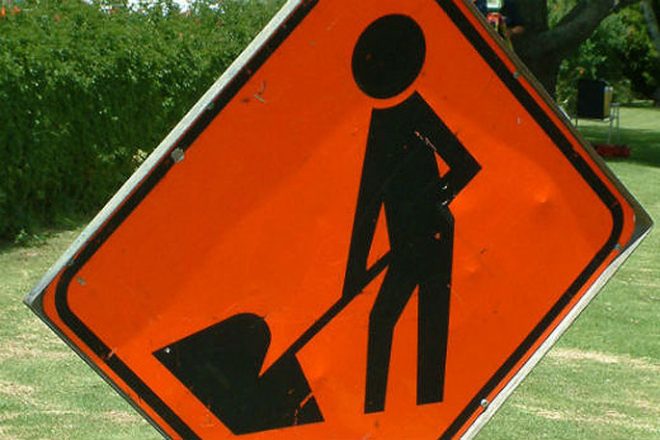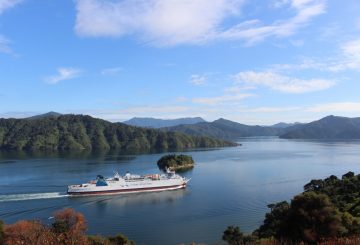Mùa hè này, các con đường của New Zealand sẽ trải qua một mức độ hoạt động xây dựng phi thường, Waka Kotahi cảnh báo. Các phi hành đoàn đã bắt đầu làm việc vào đầu mùa này do khối lượng sửa chữa và xây dựng cần thiết cao.
Trong vòng 6-7 tháng tới, hơn 2.500 km làn xe sẽ được tái thiết hoặc đóng lại. Đây là một mức tăng đáng kể so với năm trước, với dự án lớn hơn khoảng 20%. Jacqui Hori-Hoult, quyền giám đốc bảo trì và vận hành quốc gia tại Cơ quan Vận tải Waka Kotahi NZ, cho biết ngoài việc đổi mới đáng kể, chương trình nghị sự còn bao gồm công việc phục hồi, các dự án an toàn và nỗ lực cơ sở hạ tầng lớn.
Hori-Hoult nhấn mạnh rằng sự tập trung công việc chủ yếu ở trung tâm của Đảo Bắc. Điều này là do ảnh hưởng của nhiều sự kiện thời tiết dẫn đến việc tạm dừng các dự án đổi mới vào đầu năm nay. Cô đề cập đến lượng mưa cực đoan gần đây trên Quốc lộ Tiểu bang 6 ở khu vực Đèo Haast và ca ngợi các phi hành đoàn vì phản ứng nhanh chóng của họ.
Với quá nhiều kế hoạch xây dựng, có sự chậm trễ không thể tránh khỏi trên các tuyến đường chính. Hori-Hoult gợi ý rằng những người tham gia giao thông sử dụng Công cụ lập kế hoạch hành trình Waka Kotahi để hiểu những tác động tiềm ẩn đối với chuyến đi của họ và chọn con đường tốt nhất.
Cô cũng khuyên các tài xế nên chuẩn bị, đặc biệt là trong những chuyến đi dài. Các mặt hàng thiết yếu bao gồm nước và đồ ăn nhẹ, và điều quan trọng là phải nghỉ ngơi thường xuyên. Hơn nữa, cô nhắc nhở các tài xế phải tôn trọng và tuân theo chỉ dẫn khi đi qua các công trường xây dựng, lưu ý đến sự an toàn của công nhân.
Để giảm bớt tắc nghẽn du lịch trong kỳ nghỉ, công việc đường bộ sẽ được giảm bớt vào khoảng các ngày lễ. Trong khi hầu hết các công việc đổi mới nhằm kết thúc vào cuối tháng 3 năm 2024, một số hoạt động, đặc biệt là công trình nhựa đường, có thể kéo dài sang mùa thu.





























































